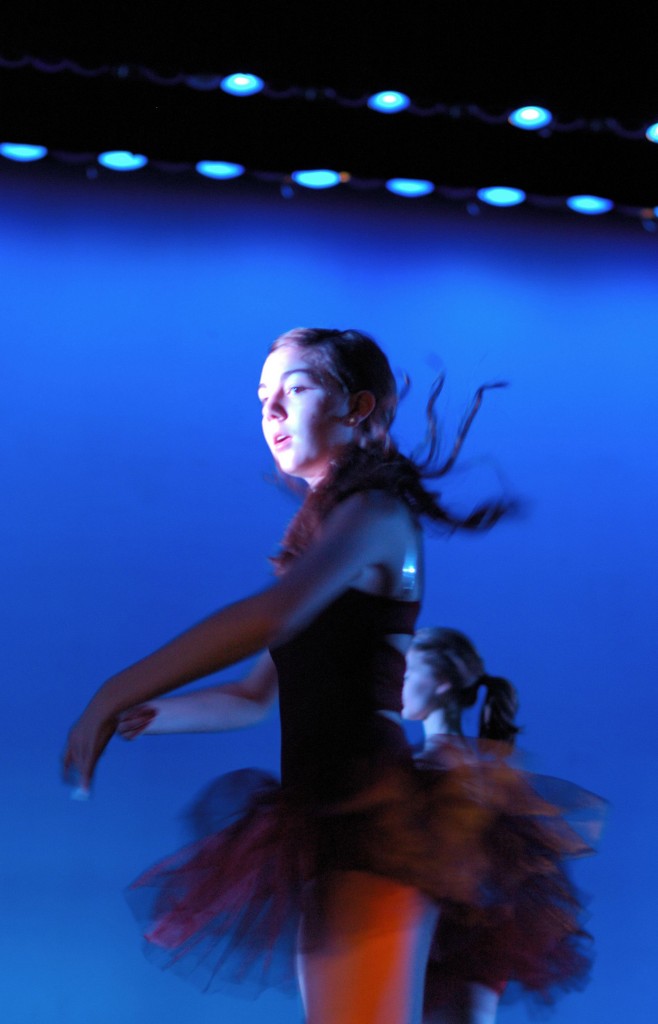Our guest contributor for this posting is Janet Karin, OAM, currently on the faculty of the Australian Ballet School as Kinetic Educator. Janet is a former principal dancer with The Australian Ballet, and also directed a ballet school / youth dance company in Canberra, Australia. She has a distinguished career not only as a dancer, but also as a well-known dance educator, having developed dance studies courses for the Australian National University School of Music, and other educational institutions. She has worked in many dance-related capacities, such as cultural development, arts funding, safe dance practice (dance medicine) and other initiatives. She is currently Vice-President / President – Elect of IADMS (International Association for Dance Medicine and Science).
Her article “Ballet: How Hard Should It Be?”, provides some valuable perspectives for both dancers / teachers / school and company directors, and we are very pleased she has joined our Guest Contributor roster at 4dancers.org.
– Jan Dunn, MS, Dance Wellness Editor
______________________________________________________________

“You are working hard” – students usually take this as a compliment. People may think you are working hard if your face is red and you are sweating a lot. You may think you are working hard if you are breathing heavily and feeling a lot of muscle tension, possibly even trembling with effort. After years of praise for these signs of “working hard”, students can begin to feel guilty if their work isn’t accompanied by effort and muscle tension. But, is this how you want to dance in the future, possibly as a professional dancer? In fact, really good ballet dancers make dancing appear completely natural and effortless, as if their movements grow out of the music and their emotions. There is no apparent tension or “work” in good dancing.
You get better at doing what you do. If you dance with tension, you’ll get better at dancing with tension, so it makes sense to dance with as little tension as you can. Tension is energy that is not achieving what it wants, rather like water building up in a garden hose with a bend in the middle. Efficient use of energy helps you achieve your goals more easily, making your work look professional, and much more enjoyable for you and for the audience. How do you achieve this?
Firstly, you need to breathe. It sounds so obvious, but most young dancers hold their breath in difficult movements. Focus on breathing out slowly at the back of your lower ribs, especially on bends and difficult movements. You don’t have to think about breathing in – your brain will take care of that because it wants to keep you alive.
Next, imagine all your movements radiating outwards from deep inside your pelvis – energy streaming out the top of your head, your fingers and your toes, like water streaming out of a hose. Let your movements trace enormous circles in space. Feel as if you are expanding from a secure centre.
Thirdly, remember that we are never really static, because there are always small micro-movements throughout your body as it responds your breathing and small changes in weight from limb movements. Dancers are never “still”; their tiny automatic response to changing balance makes them appear to be still. Make sure you don’t “lock” your body into position, especially your spine.
So, what do teachers really want when they ask you to “work hard”? They want you to use energy, not tension. They want you to focus on making your movements as pure and harmonious as possible. They want you to develop your body’s potential without forcing your muscles or distorting your bony alignment. They want you to breathe freely and move like the music, expressing the pleasure of movement in every part of yourself. And in the end, that’s what you want too!

BIO: Guest Contributor Janet Karin OAM
After an early career as a Principal Dancer of The Australian Ballet, Janet Karin directed a ballet school and youth dance company in Canberra, Australia. She devised her own teaching system, training many highly successful dancers and teachers. She wrote and delivered dance studies courses for secondary education and for the Australian National University’s School of Music and also worked in cultural development, arts funding, safe dance and other dance-related initiatives.
Janet Karin returned to The Australian Ballet as Assistant to the Artistic Director, then moved to The Australian Ballet School as Kinetic Educator. In this role she coaches students individually, applying somatic techniques to improve their neuromotor function. She also collaborates with scientists from various universities in dance science research. In 2009 she was awarded an Australian Centre of Clinical Research Excellence Grant to investigate dynamic pelvic stability.
Janet Karin has received the Medal of the Order of Australia and several awards for artistic direction and dance teaching. She is currently Vice-President of the International Association for Dance Medicine & Science, and will become its President in October 2013.





Thank you for this Janet! I’m going to direct my students to this article…what a wonderfully concise discussion of the concept of “work”!
Thank you for your comment, Emily! I appreciate hearing from you and I hope the article helps in your work.
Janet
Hi Janet, good article… Really encapsulates all your dance training pedagogy….. Lovely to hear about what you’re up to with your work 🙂
Therese
Thanks for your kind comment, Therese.
Janet
Thank you Janet – I always enjoy reading your well researched and knowledgeable articles / papers.
Thanks for the comment Jan!